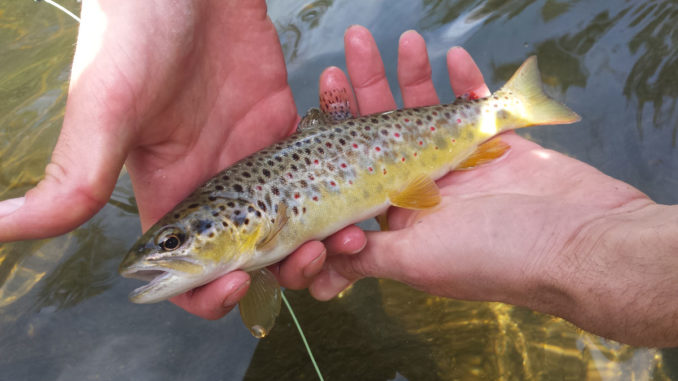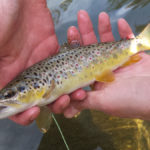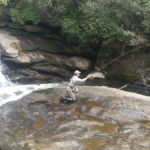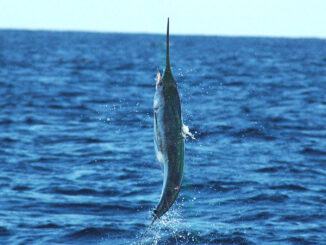
Whitewater, Thompson offer Jocassee fly-fishers a treat
The Jocassee Gorges, covering 43,000 acres in the mountains of North Carolina and South Carolina, is a place of such wild and scenic beauty that National Geographic designated it as one of its “50 destinations of a lifetime.”
Within its boundaries are numerous breath-taking waterfalls, an amazing diversity of wildlife and two of the best fly-fishing streams in the Southeast: the Whitewater River and the Thompson River. Both streams empty into South Carolina’s Lake Jocassee.
Marc Hipp, a guide and life-long trout fisher, said the streams are exceptional fly-fishing destinations.
“The Whitewater,” he said, “is one of my favorite places to fish.”
Containing a mixture of rainbow and brown trout, Whitewater is the more accessible of the two.
“It has a lot of typical Southern Appalachian pocket water,” Hipp said, and numerous plunge pools.
The Whitewater can be accessed from either Lake Jocassee or from the Bad Creek Hydroelectric Facility. Anglers can reach it from Bad Creek by a half-mile hike to the river and the Foothills Trail. This trail parallels the entire length of the river on the east side. Coon Branch Trail parallels the river on the west side. This 2-mile section of the river connects Upper Falls and Lower Falls. Both of these drop 400 feet. Between the two large falls are a half-dozen or so smaller falls.
Trout don’t grow huge here, but they are abundant
Anglers can wade most of this section. Although the river has an abundant population of trout, Hipp said they aren’t large. Like most high-country Appalachian streams, the rivers don’t contain enough nutrients to produce large trout.
“Most of them measure between 6 and 12 inches” he said.
The Thompson, which is closer to the middle of the Gorges, is the most-rugged and most-difficult to reach and fish. As a result, it doesn’t get a lot of traffic. A medium-sized stream, the Thompson is primarily a brown-trout stream. As in the Whitewater River, the majority of the trout are between 6 and 12 inches.
“You may occasionally catch a 15-inch brown,” Hipp said.
The stream also can be reached from the Bad Creek facility. The trail follows an old logging road for about 3 miles. It provides difficult hiking at best. Getting to the stream and fishing it offers a challenge for even the most experienced hiker or fisher, Hipp said.
The Horsepasture and Toxaway rivers also pass through the Gorges. But Hipp considers them marginal streams. Additionally, numerous tributaries connect with the Whitewater and Thompson. These all contain good populations of small but feisty wild trout.
Fish during a hatch and you’ll never forget it
Hipp said the best time to fish is in the spring, early March to early June.
“My favorite pattern is a (No.) 16 to 12 parachute Adams,” he said.
He also uses Caddis patterns and a yellow Stimulator in the same sizes. An inch-worm pattern works well too.
“If you can be on the streams during the Yellow Drake and Green Drake hatches,” Hipp said, “you’ll have some phenomenal fishing. If you see and fish a hatch, you’ll never forget it.”
Drake hatches are short-lived. They last only a week or so. Depending on weather, they usually come off around Memorial Day. The yellows emerge first, followed by the greens.
“If you stumble onto a hatch and don’t have a Drake pattern, you can use a (No. )14 or 12 olive Woolly Bugger,” Hipp said. “Let the fly dead drift and give it an occasional twitch.”
Hip recommends either a 7 ½- or 8 ½-foot fly rod with a 7 1/2-foot leader in 6X or 5X, depending on water conditions.
“If you plan to fish the Gorges,” Hipp said, “be sure to take some emergency supplies with you, just in case. Always take items such as water or a water purifier, food (and) rain gear.
Because Gorges streams are in a wilderness area, state boundary lines won’t always be apparent. Streams often run close to or pass through sections regulated by North Carolina or South Carolina. the two states do not have a reciprocal license agreement. So you should purchase licenses from both states.







Be the first to comment